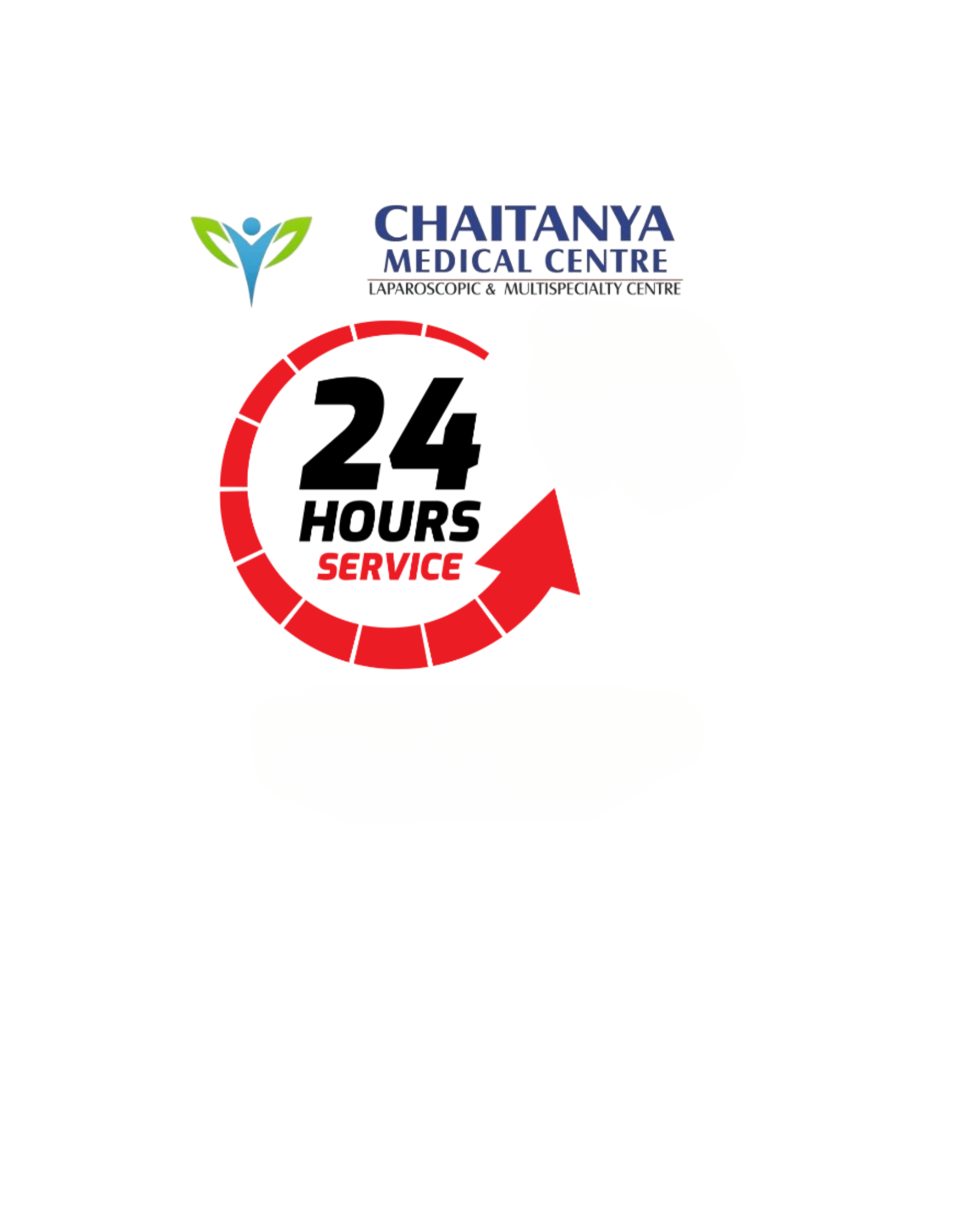Phone : +919538699915

ESWL stands for Extracorporeal Shock Wave Lithotripsy. It’s a non-invasive medical procedure used to break down kidney stones or other stones in the body using shock waves, allowing the body to naturally pass the fragments. It’s a common treatment for smaller kidney stones.
The ESWL (Extracorporeal Shock Wave Lithotripsy) procedure typically involves the following steps:
1. Preparation: The patient is prepared for the procedure, which may include fasting and wearing a hospital gown. An intravenous (IV) line may be inserted to administer fluids and medications.
2. Positioning: The patient is positioned on a treatment table, often lying on their back or side, depending on the location of the stone.
3. Localization: Imaging techniques such as X-rays or ultrasound are used to locate the precise position of the stone within the body.
4. Shock Wave Generation: Once the stone’s location is determined, a device called a lithotripter generates shock waves outside the body. These shock waves are focused and directed toward the stone.
5. Shock Wave Delivery: The shock waves pass through the body and converge on the stone, causing it to fragment into smaller pieces.
6. Monitoring: Throughout the procedure, the medical team monitors the patient’s vital signs and adjusts the shock wave intensity as needed.
7. Completion: Once the stone has been sufficiently fragmented, the procedure is complete. The patient is then monitored for a period to ensure there are no immediate complications.
8. Recovery: After ESWL, patients may experience some discomfort or pain as the stone fragments pass out of the body through urine. Pain medication may be prescribed to manage this discomfort.
9. Follow-Up: Patients typically undergo imaging, such as X-rays or ultrasounds, in the days or weeks following ESWL to ensure that all stone fragments have been successfully passed.
It’s essential to follow the post-procedure instructions provided by the healthcare team, including dietary recommendations and any prescribed medications, to facilitate the passage of stone fragments and minimize the risk of recurrence. The success of ESWL depends on factors such as the size and location of the stone, as well as the patient’s overall health.
Add Comment
CHAITANYA MEDICAL CENTRE.All Rights Reserved © 2025








Comments
Be the first to review